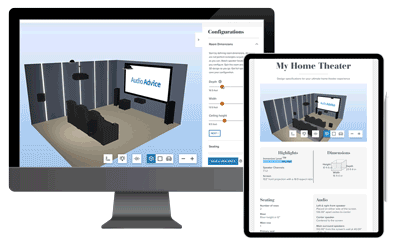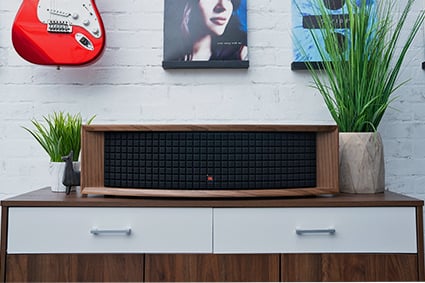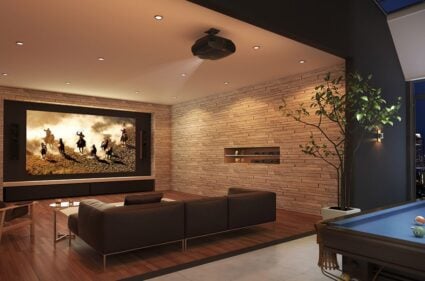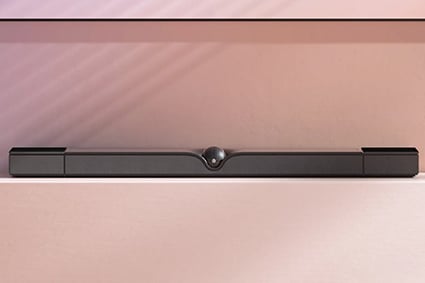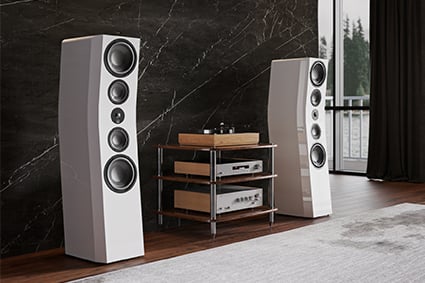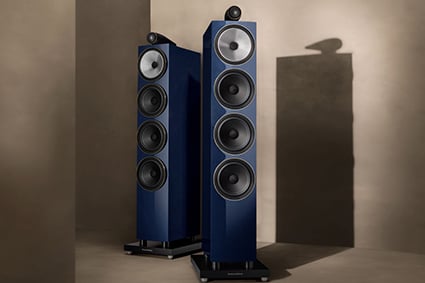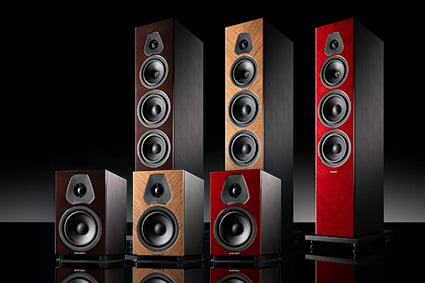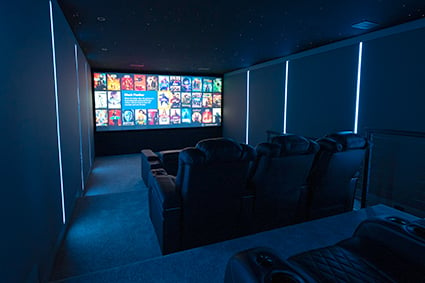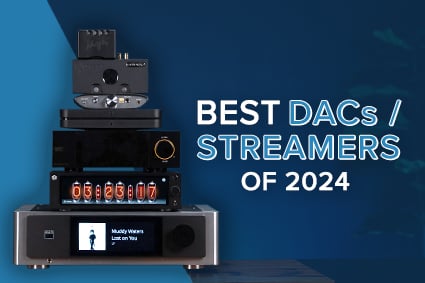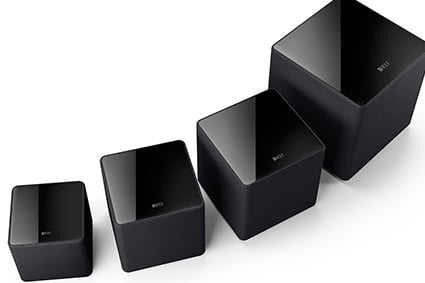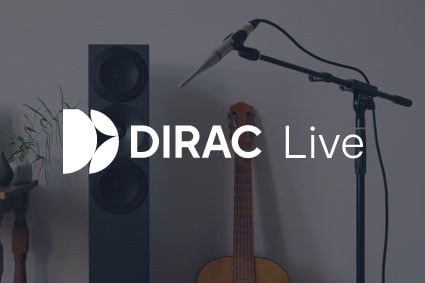Putting it All Together
The goal here is to have the right amount of brightness, with the greatest amount of Contrast, to provide the best possible picture. Once your Projector is Mounted, and your Screen installed, you can then make adjustments using your Projector's settings.
First, for SDR, put your Projector into the Picture Mode you'll be using for regular SDR content. Then project the 100 IRE White Field image. You can now measure the number of Nits for each of the Laser Modes (Low, Medium, High). You can make changes to the Laser level when the Picture Mode window is open, where you can also see the Aperture setting.
For example, if you measure 50 Nits with Low Laser, with the Aperture wide open (i.e. at 0), then you might assume this could be used without any changes. . But let's say you measure 70 Nits with Medium Laser, with the Iris wide open. You could then close the Aperture until you again read that same 50 Nits. You might then be at -6 for the Aperture, for example. You now have the same desired brightness as before, but with higher contrast because the Aperture is smaller, and therefore a better picture.
Similarly, if you measure 100 Nits with High Laser, you could then close down the Aperture even more until you get to 50 Nits. This might be -15 for example, which would produce even more Contrast, and an even better picture. It's also possible that even with the Aperture all the way closed, you would still be higher than 50 Nits. In this case, it would be best to just use Medium Laser.
Everytime you make a change, you’ll need to take the measurement with the light meter and do the math to convert the number to nits, but this exercise is well worth it if you want the best picture.
You can then go through the same process using the Projector's HDR Picture Mode, aiming for a target of 100 Nits.
Lastly, regarding the Dynamic Laser ( “Dynamic CTRL” in the Menu), we recommend using Mode 1, which we find provides the best balance of maintaining the brightness of brighter elements, while also deepening the blacks in those same scenes. We find Mode 2 to be too “aggressive” such that the brighter elements lose too much brightness, and therefore reduces the overall visual impact.
By understanding and implementing the various installation and configuration techniques outlined above, you will be amazed at the brilliant, life-like, color-rich pictures of this line of JVC Projectors. And with the long life of the Laser, you’ll enjoy this for years to come.




